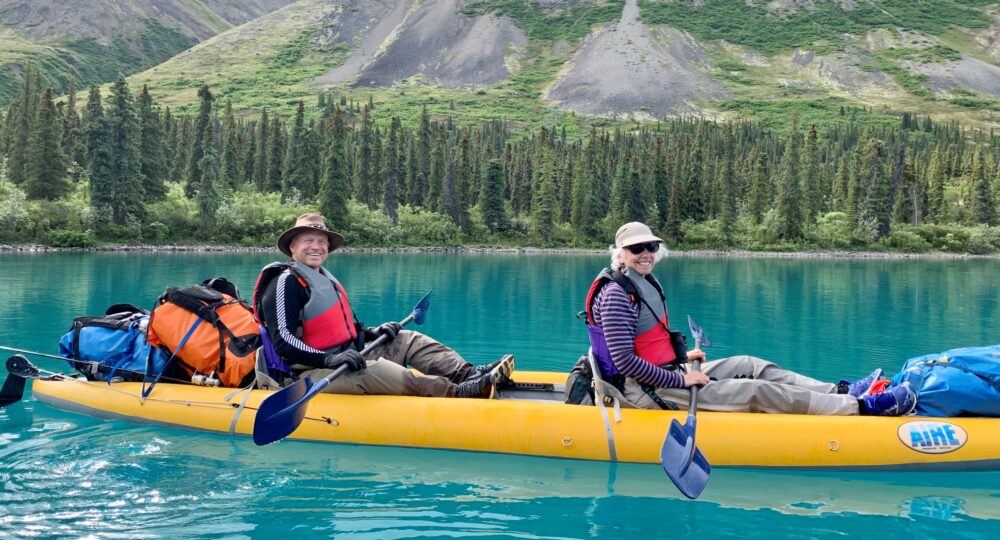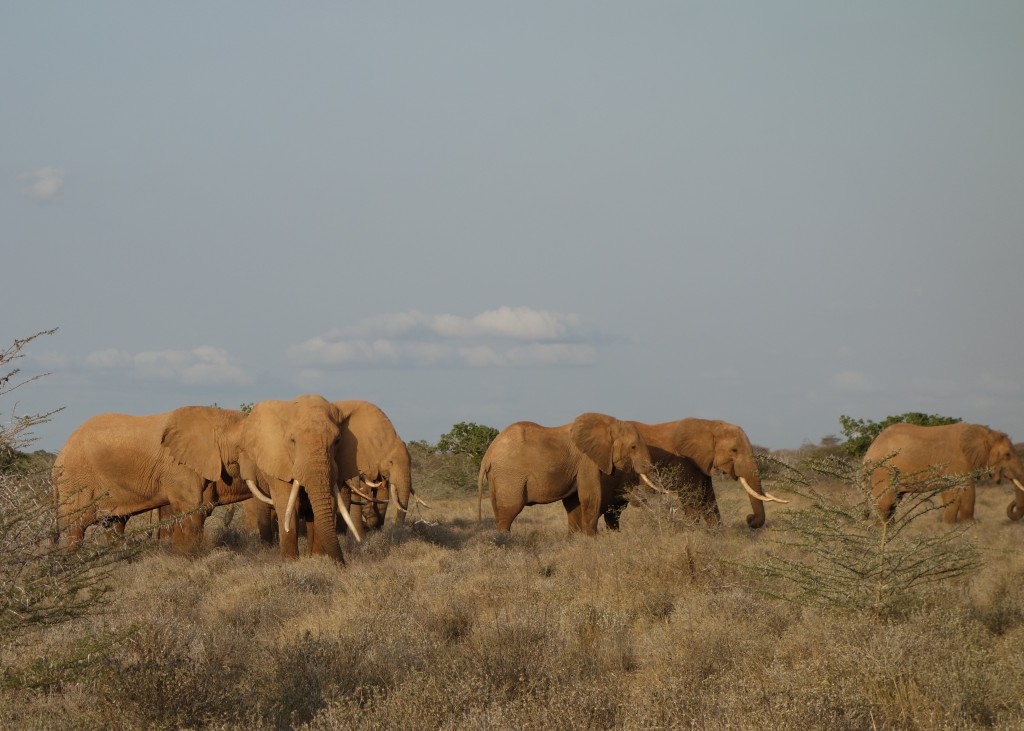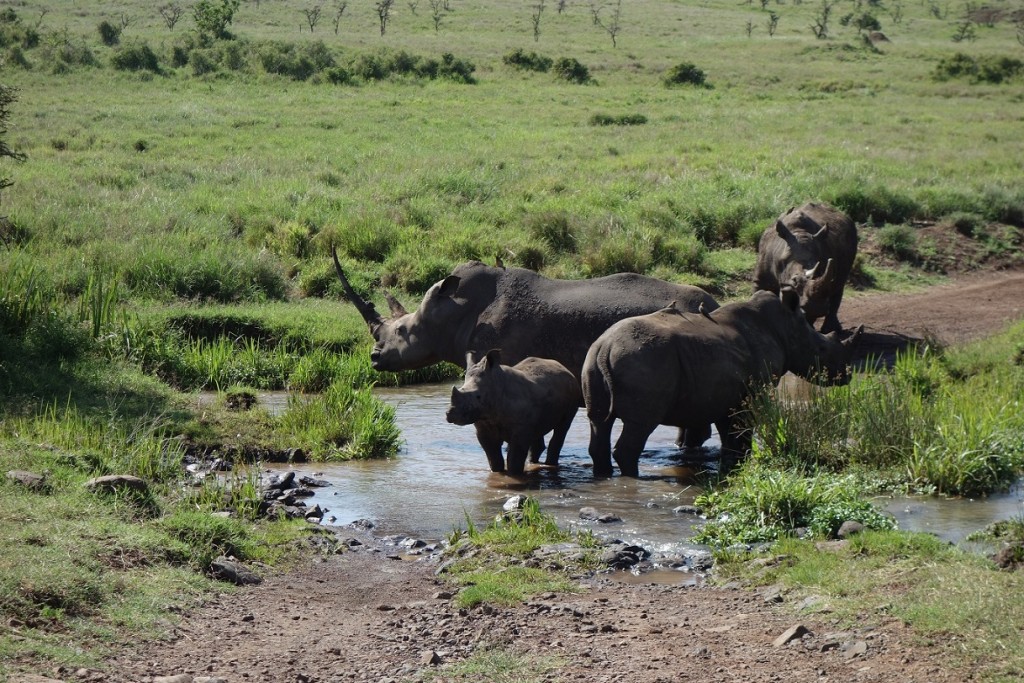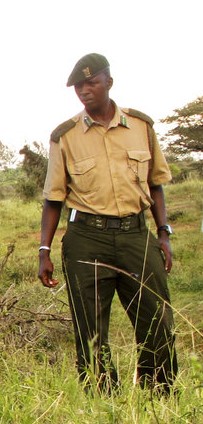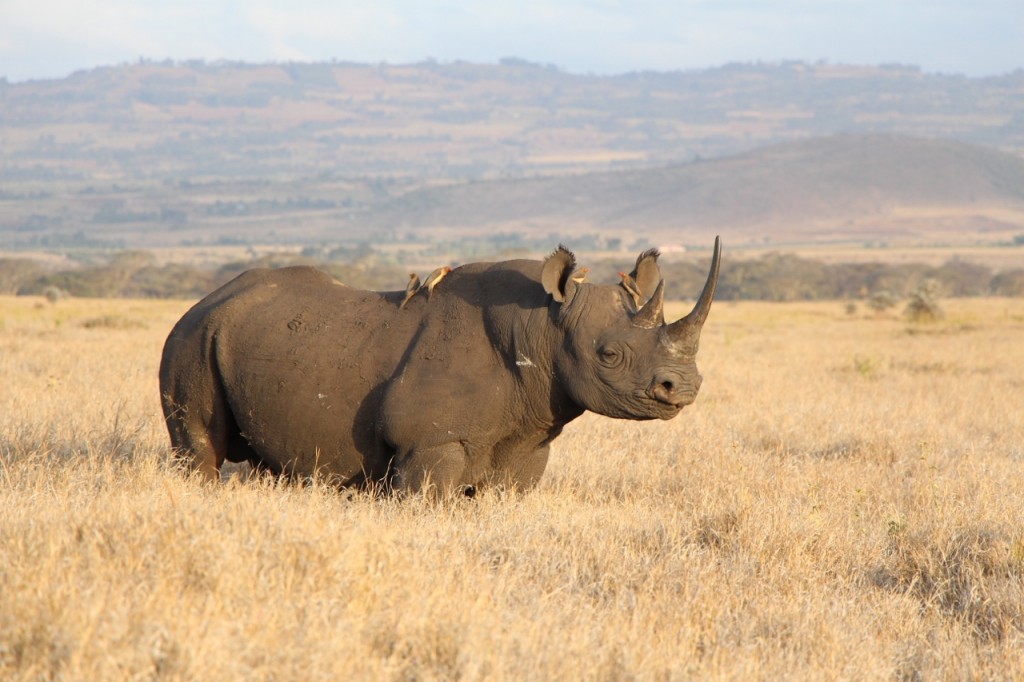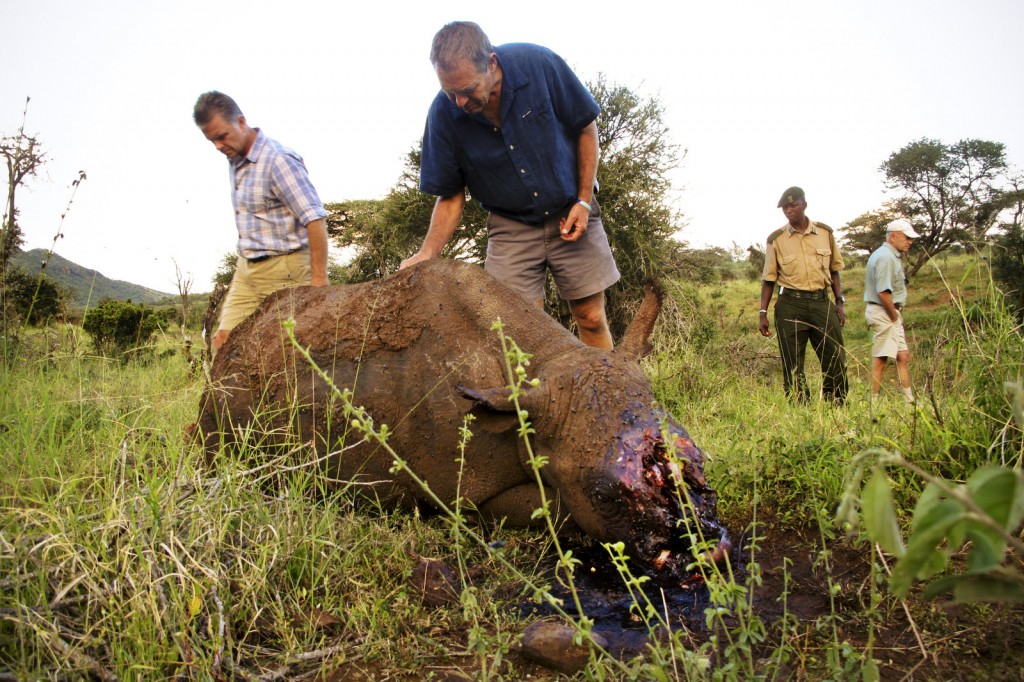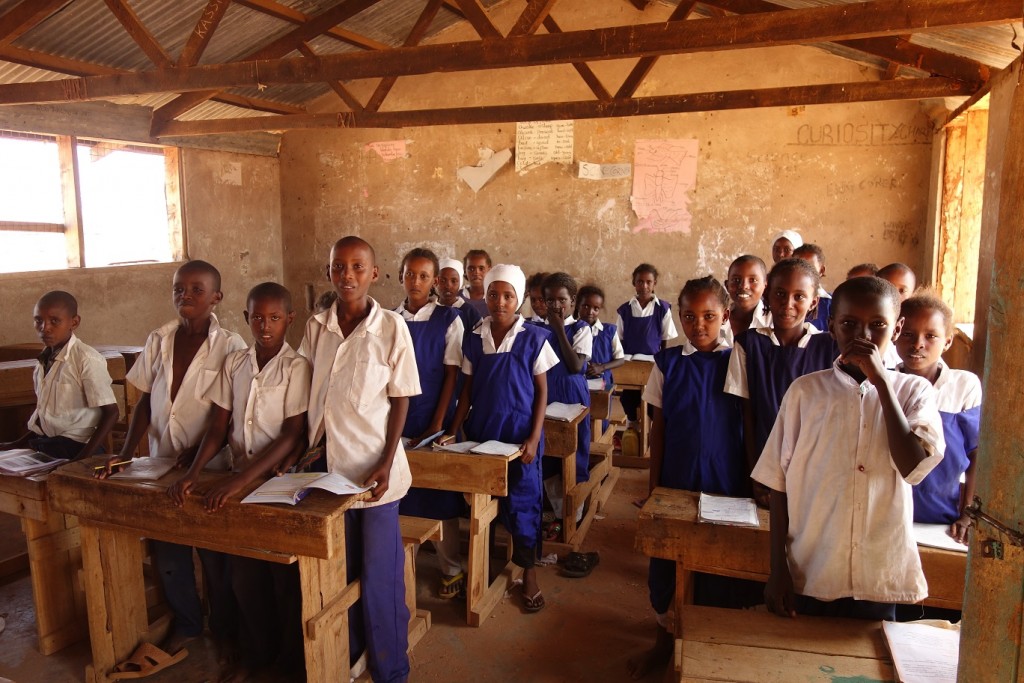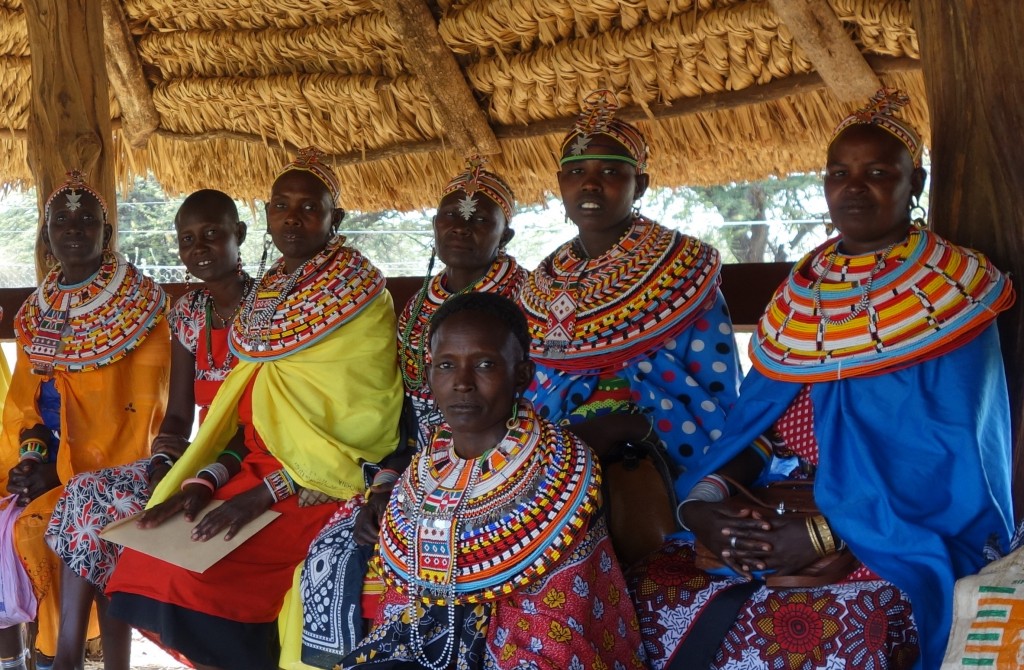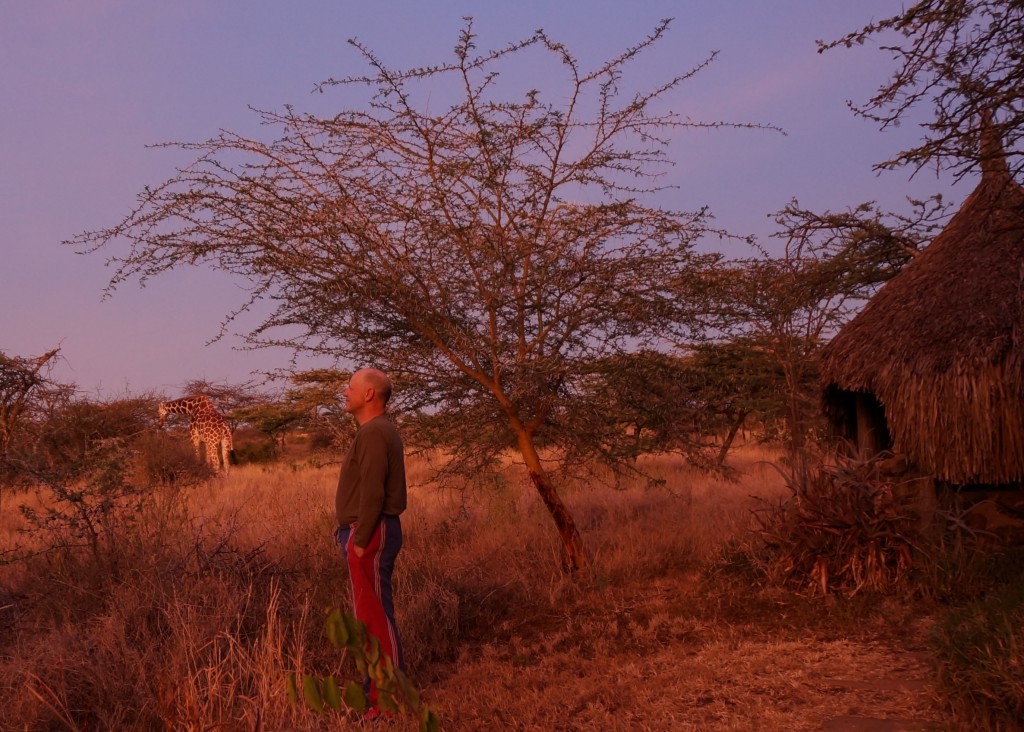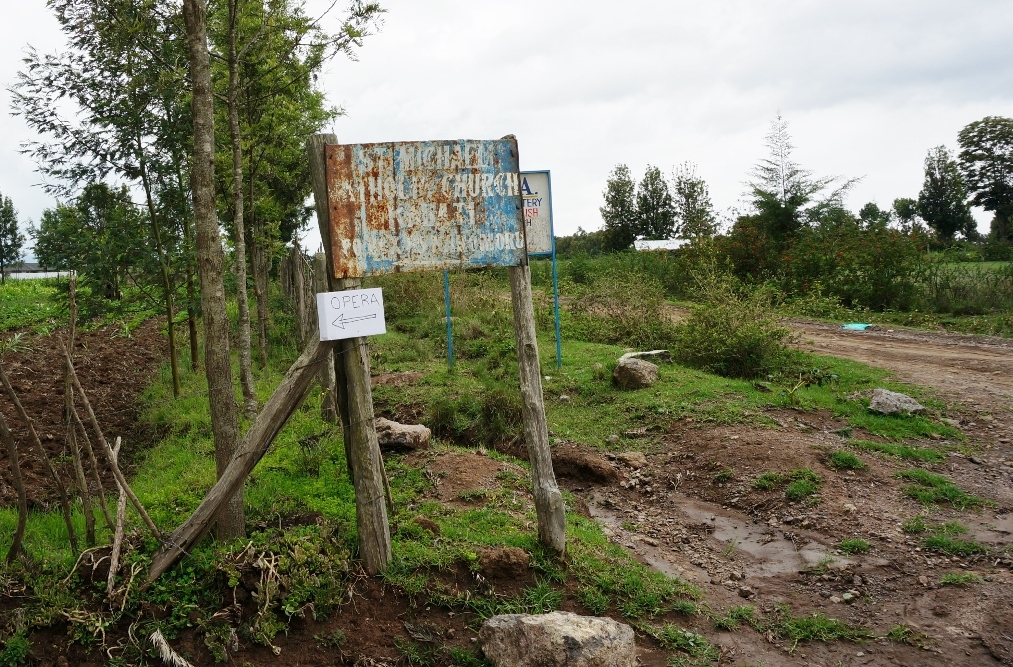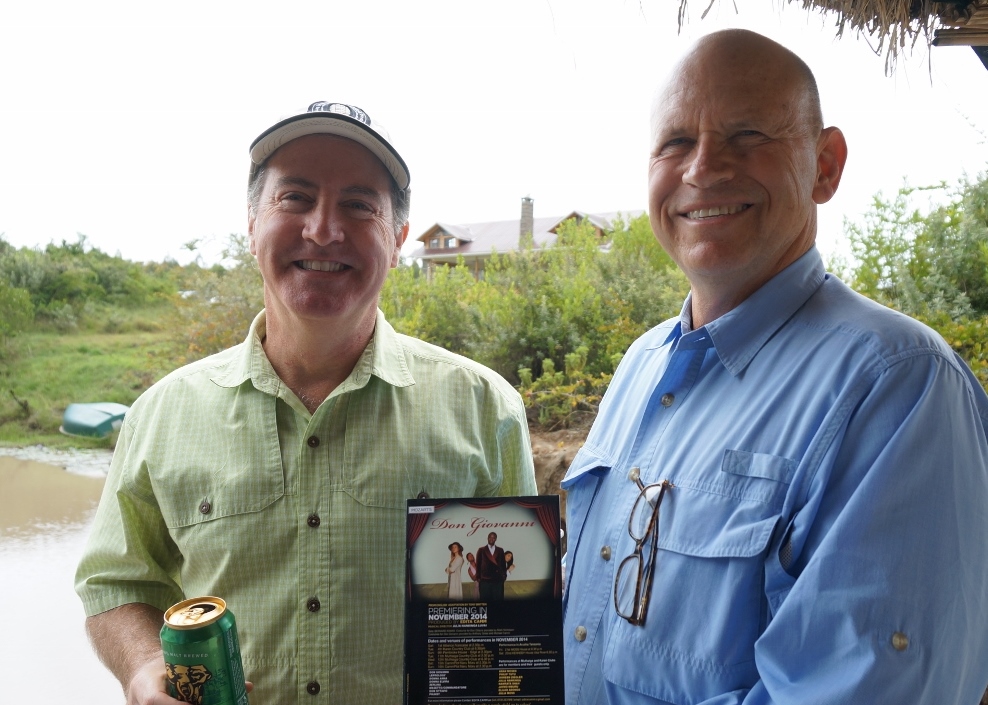“It was the best of times, it was the worst of times, it was the age of wisdom, it was the age of foolishness, it was the epoch of belief, it was the epoch of incredulity, it was the season of Light, it was the season of Darkness, it was the spring of hope, it was the winter of despair, we had everything before us, we had nothing before us, we were all going direct to Heaven, we were all going direct the other way” Charles Dickens, A tale of two cities
In my case, I was going to the Farmers Choice Abattoir and then to the Keekonyokie Abattoir. (Nothing implied here about which is heaven or hell or best or worst.) Both have the same functionality: Cattle arrive at one end and beef exits the other. The basic processes are the same utilizing knives, saws, washtubs, hooks and hoses. However, there are many differences. Farmers Choice is more automated. It has much higher levels of sanitation and it serves a more upscale market. But what was most interesting to me was the different organizational structures.
To maximize utility and minimize the cost of beef to the consumer, an abattoir must operate at capacity, work efficiently and every part of the animal must be used. Farmers Choice and Keekonyokie attain these goals in vastly different ways.
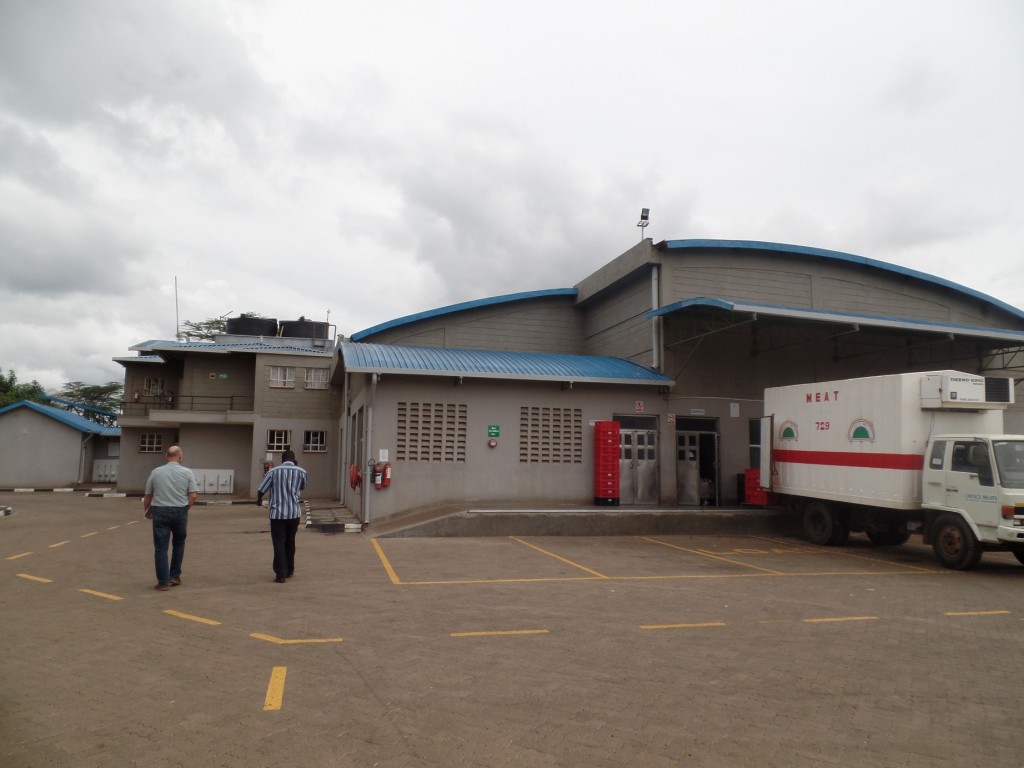
Farmers Choice abattoir
Continue reading →
